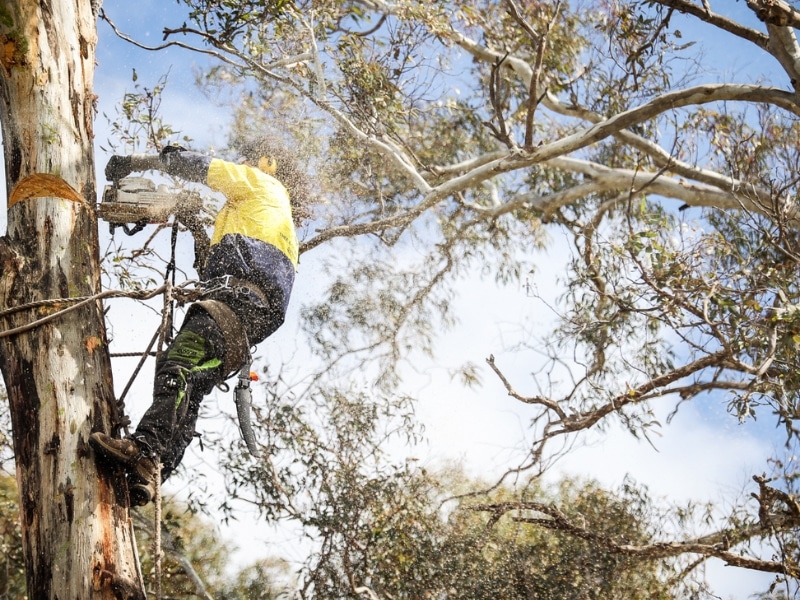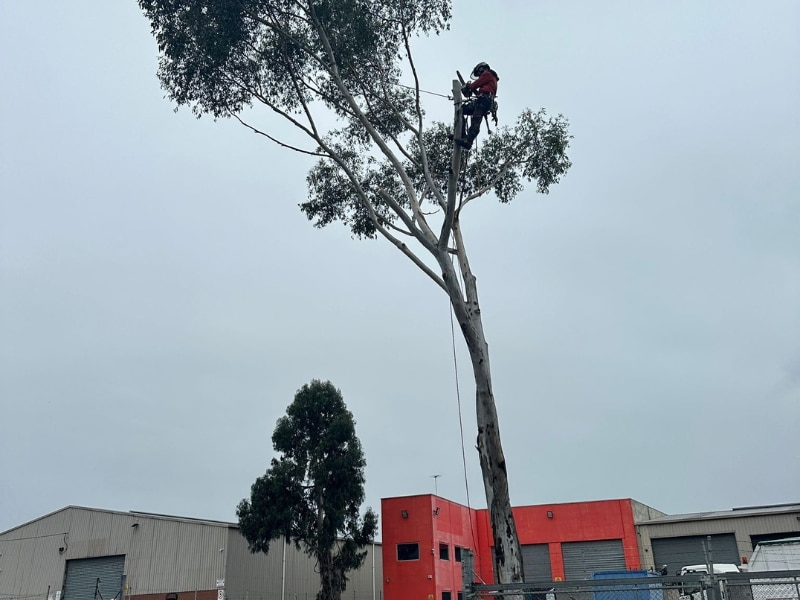When a tree crashes down without warning, the first question that often hits is: How much is this going to cost me? Understanding emergency tree removal cost upfront can make a significant difference in how you manage the situation. Whether you’re dealing with storm damage, disease, or a public safety hazard, emergency tree removal isn’t cheap. And while urgency spikes the price, it’s only one piece of the puzzle. Different councils have different rules. Arborists’ quotes based on risk and access. And if you wait too long? Your final bill could include roof repairs or concrete slab replacements, too. This article unpacks the top factors that affect urgent tree removal pricing—and how you can keep it manageable.
What events commonly trigger emergency tree removal services?
Tree emergencies don’t come with a warning label. However, some situations are far more likely to necessitate sudden removal. Here’s what often pushes homeowners to call for urgent help:
- Storm breakage: After high winds or hail, branches may crack or fall entirely, blocking paths or damaging homes.
- Tree collapse: Saturated soil or rot can lead to total uprooting, especially after prolonged rainfall.
- Road or powerline obstruction: Trees falling onto roads or power infrastructure often require fast removal for safety.
- Structural threat: When a tree leans toward homes, fences, or carports, the danger escalates quickly.
- Public safety risk: In public spaces, hazardous trees must be addressed immediately to prevent injury or liability.
All of these scenarios demand a fast response—and often a premium rate. Timely identification can save you both money and grief.
When do seasonal storms make emergency tree removal more likely?
Storm seasons don’t just bring chaos—they push tree structures to their limit. You’re more likely to face emergency removals during these months, especially when local trees are already stressed. Keep an eye out when conditions line up like this:
- Sudden wind gusts: Localised storm bursts create pressure points that can split branches.
- Soggy soil base: Extended rain softens the ground, making it harder for roots to grip.
- Drought-to-flood cycles: Trees weakened by drought are less flexible and more likely to snap during rain events.
- Heavy canopies: Water-laden leaves add weight, stressing limbs until they give way.
- Old pruning wounds: Badly healed cuts are common failure points under stress.
Storm-prone periods tend to bring out the highest service variability, primarily when local crews assess risk on the fly. Many operators quietly adjust rates based on urgency, site conditions, and workload, which is why those who already understand how emergency tree removal cost is calculated often avoid getting stung.
Can delaying emergency tree removal raise your expenses?
Yes—and often by more than you’d expect. When homeowners hesitate, things tend to worsen. Not only does the physical damage accumulate, but emergency tree removal costs can escalate rapidly as well. Here’s how:
- Escalating damage: Cracked limbs fall unpredictably, damaging roofs, sheds, or fences,
- After-hours surcharges: Delays often push jobs into evening or weekend slots, where costs spike,
- Council fines: Some councils penalise delayed action if public safety is compromised,
- Insurance complications: Providers may dispute claims if the risk was visible and unaddressed.
- Contractor availability: When storms hit, qualified arborists get booked out fast, leading to premium quotes.
This is often when the emergency tree removal cost begins to climb—delays increase both the workload and the risk, and that’s reflected in the pricing. Those who’ve dealt with tree damage during high-demand periods know that quotes can shift quickly.
What can homeowners do to reduce emergency tree service costs?
You can’t always prevent the storm, but you can make smart moves that limit the cost when things go wrong. A little planning now can ease the burden later, especially when you consider the benefits of winter tree removal as part of a proactive approach. Here’s what helps:
- Annual arborist check: Early detection of weak limbs or root issues can prevent emergencies.
- Strategic pruning: Removing high-risk branches reduces the likelihood of structural failure.
- Site access prep: Clear clutter and garden objects before arborists arrive to cut labour time.
- Pre-approved contractors: Having trusted providers on speed dial means you avoid inflated quotes.
- Insurance-ready documentation: Maintain tree care records to speed up claims and approvals.
- Know your legal rights: Some councils offer rebates for removal in storm-affected zones.
For those budgeting around storm prep, a helpful step is comparing actual jobs in their neighbourhood. Review their previous estimated fees for storm-related tree cleanup to see how tree size, access, and debris volume can each impact the final cost.
What local council rules apply to emergency tree removals?
In urgent cases, some rules bend—but don’t count on that without checking. Councils vary widely, and homeowners often get caught out assuming permission isn’t needed. Stay informed with the key points:
- Permit exemptions: Most councils allow removal if there’s a safety risk, but conditions apply.
- Visual proof required: Photos showing damage or lean may be needed for permit exemptions.
- Post-removal reporting: Even exempt cases may require notifying the council after the fact.
- Protected species caution: Certain trees can’t be removed, even in emergencies, without specific approval.
- Size and location thresholds: Rules differ for trees close to property boundaries or native bushland.
Here’s a quick reference guide for typical emergency removal rules by location:
| Council Area | Emergency Removal Exempt? | Common Conditions |
| Melbourne Metro | Yes, with risk evidence | Submit photos and report post-removal |
| Brisbane Suburbs | Usually yes | Some native species may still need approval |
| Regional Victoria | Varies | Check specific guidelines |
| Northern NSW | Often lenient | Still recommend evidence collection |
Local regulations shift often, so it’s smart to know your responsibilities in advance.
How can you verify if an emergency tree quote is reasonable?
In a crisis, it’s easy to accept the first number you’re given. But quotes vary widely, and some providers take advantage of urgency. Here’s how to assess what’s fair:
- Itemised breakdown: Make sure equipment, travel, and labour are all listed separately.
- Risk surcharge clarity: High-risk tasks, such as crane work or proximity to power lines, should be clearly explained.
- Time-of-day pricing: Weekend or evening rates should be flagged clearly,
- Credentials and insurance: Confirm they’re qualified and covered for public liability.
- Equipment scale: If heavy machinery is listed, ask if it’s essential or optional.
It’s not always easy to gauge what’s fair when urgency is involved. That’s where insights into average arborist charges during emergencies, especially those documented in your local area, can offer a more grounded reference point.
Final thoughts
Emergencies rarely occur at convenient times, but understanding how pricing works can help you stay calm and make informed decisions. Emergency tree removal cost often increase with risk, timing, and delays, so having a basic understanding in advance is essential. A clear head can mean the difference between a manageable fee and a financial headache. For those after more clarity on what to expect and how to handle things under pressure, it’s worth taking a moment to explore The Yard’s trusted solutions for emergency tree issues, especially when confidence matters as much as cost.



